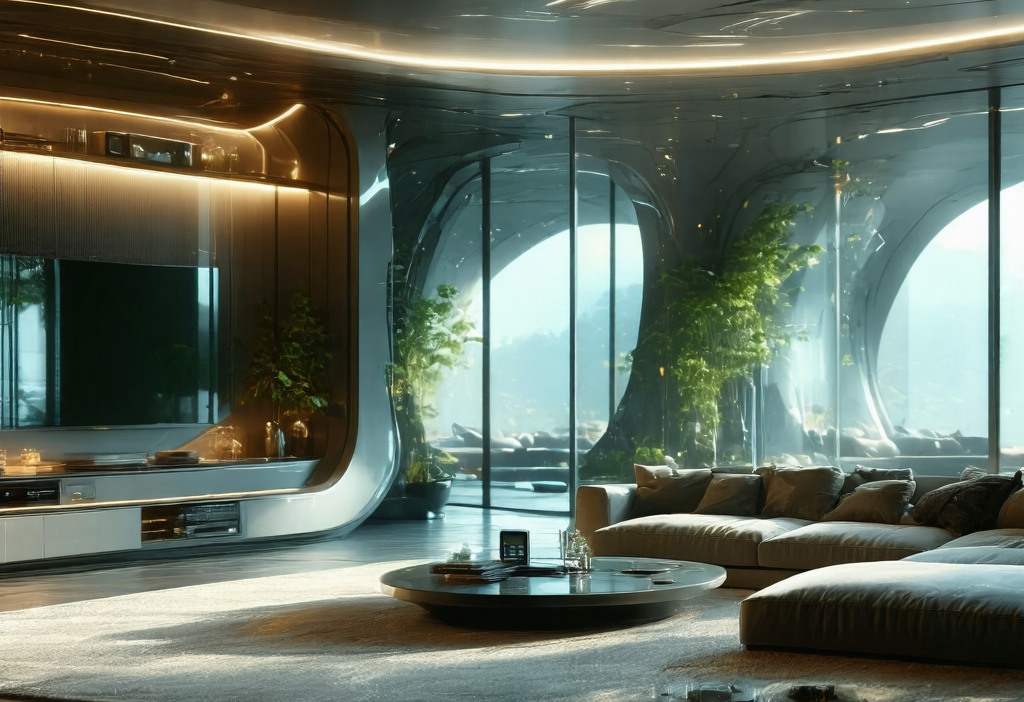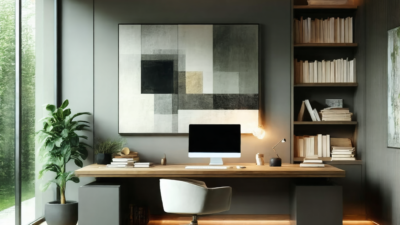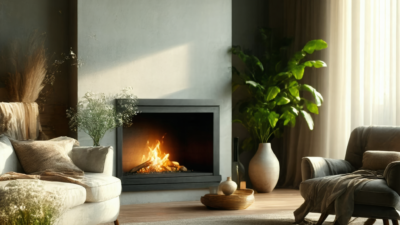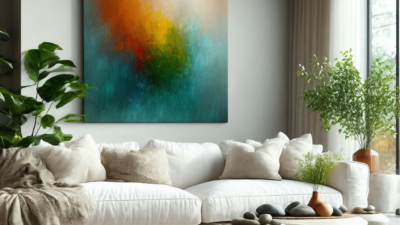The Future of Smart Homes: Integrating Technology into Modern Interior Design
Imagine walking into your home, where the lighting adjusts to your mood, the temperature is just right, and your favorite playlist starts playing as you enter. This isn’t a scene from a sci-fi movie—it’s the future of smart homes. As technology continues to evolve, so does its integration into our living spaces. Modern interior design is no longer just about aesthetics; it’s also about functionality and convenience.
The Rise of Smart Home Technology
Smart home devices have become increasingly popular over the past few years. From voice-controlled lighting to AI-driven thermostats, these innovations are transforming how we interact with our living spaces. According to a recent CNN report, the global smart home market is projected to grow exponentially by 2030. This growth reflects a shift in consumer preferences toward more connected and efficient homes.
One of the most significant advantages of smart home technology is its ability to adapt to our lifestyles. For instance, automated window shades can adjust based on the time of day or your personal preference. Similarly, voice-controlled lighting systems allow you to set the perfect ambiance without lifting a finger. These features not only enhance convenience but also contribute to energy efficiency.
Designing for Functionality and Aesthetics
While technology plays a crucial role in modern interior design, it’s essential to strike a balance between functionality and aesthetics. Smart devices should seamlessly integrate into the overall design without compromising visual appeal. For example, hidden sensors and sleek, minimalist designs can ensure that your home remains visually appealing while maintaining its technological edge.
One trend gaining traction is the use of smart mirrors. These mirrors double as digital screens, displaying everything from weather updates to fitness routines. They not only serve a functional purpose but also add a touch of modernity to any room. Another innovation is the integration of AI-driven home assistants that can learn your habits and preferences over time, offering personalized recommendations and automating routine tasks.
“The future of interior design lies in creating spaces that are not only visually stunning but also highly functional and adaptable to our changing needs,” says John Smith, a leading expert in smart home technology.
Practical Tips for Integrating Technology
If you’re considering integrating smart technology into your home, here are some practical tips to keep in mind:
- Start small: Begin with one or two devices, such as a smart speaker or lighting system, and gradually expand as you become more comfortable.
- Plan ahead: Consider how technology will fit into your space before making any purchases. Measure your rooms and decide where devices will be placed for optimal functionality.
- Choose versatile designs: Opt for devices that can adapt to different styles and settings, ensuring they blend seamlessly with your decor.
- Invest in security: As more devices connect to the internet, it’s crucial to prioritize cybersecurity. Look for products with built-in security features or consult a professional to safeguard your network.
Smart home technology is no longer a luxury—it’s becoming a necessity for many homeowners. By thoughtfully integrating these innovations into your living space, you can create a home that is not only beautiful but also highly functional and adaptable to your needs.
The Future is Now
As we look ahead, the possibilities for smart home technology are endless. From energy-efficient systems to personalized automation, the future promises even greater advancements in how we interact with our living spaces. Whether you’re remodeling an existing home or building from scratch, now is the perfect time to embrace these innovations and create a space that truly reflects your lifestyle.
Remember, the goal of modern interior design is to enhance your life, not complicate it. By balancing functionality with aesthetics, you can create a smart home that feels like a true sanctuary—a place where technology works for you, rather than against you.





